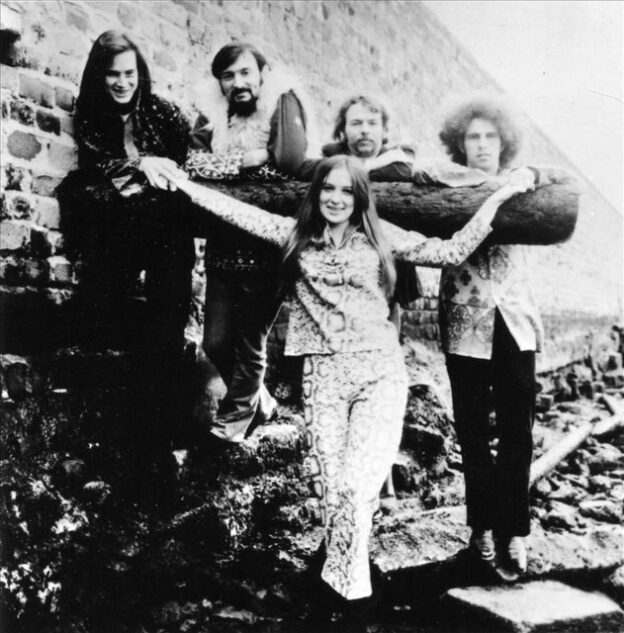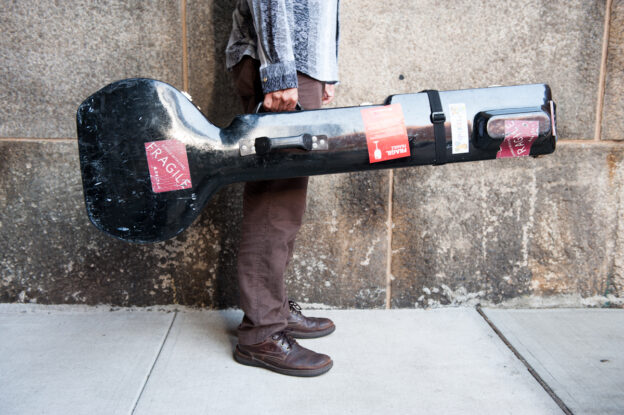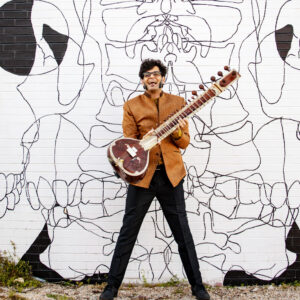Text by Bruce Gallanter (Downtown Music Gallery, May 6th, 2022)
“Hickory Wind” written by Gram Parsons and covered by The Byrds for Sweetheart of the Rodeo. Recorded in March of 1968 & released later that year.
In South Carolina
There are many tall pines
I remember the oak tree
That we used to climb
But now, when I’m lonesome
I always pretend
That I’m gettin’ the feel
Of hickory wind








